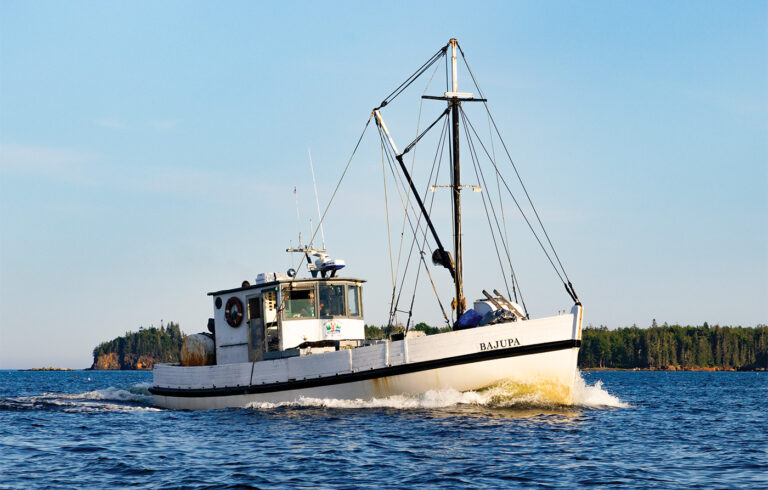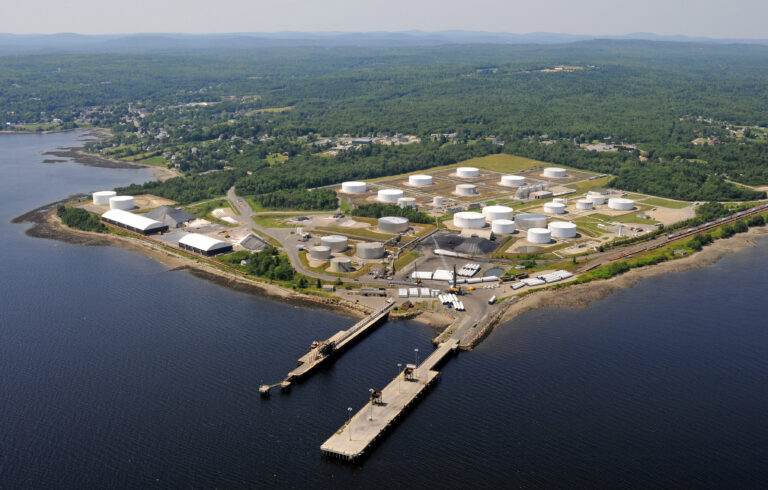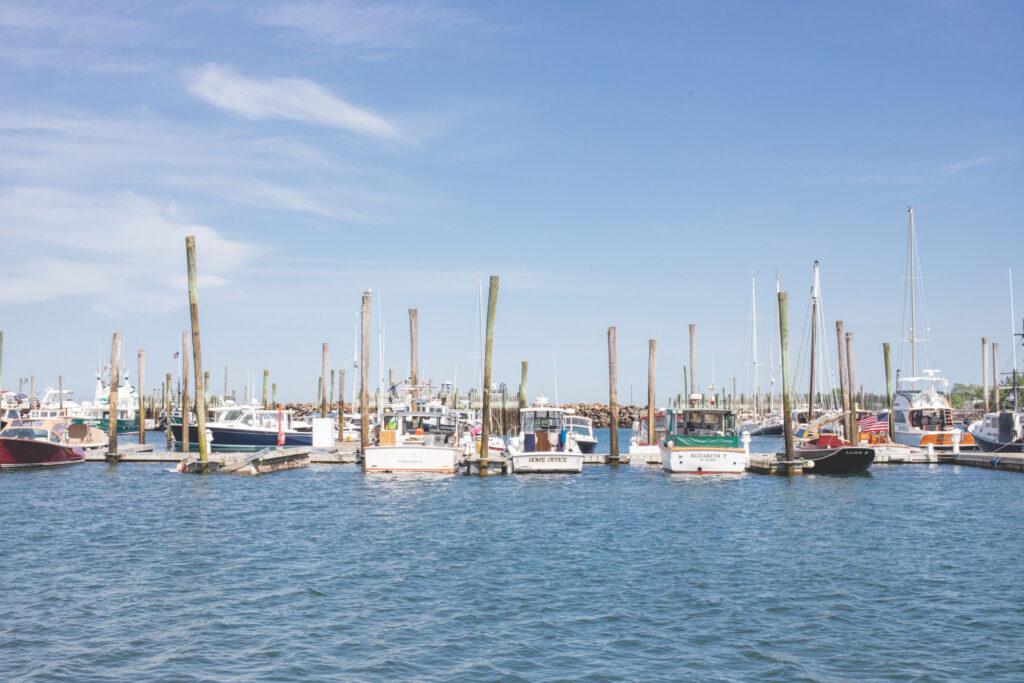
photos by jack sullivan
Many in Southwest Harbor remember when tourists were rare in town. The small village on the south side of Mount Desert Island has long been shielded from the forces of large scale tourism, with Somes Sound and much of Acadia National Park between it and the visitor mecca that is Bar Harbor.
But as tourists continue to visit Bar Harbor and other areas in increasing numbers, so does the spillover of people into what’s known as the “quiet side” of MDI. Those searching for a more isolated hike in the park, or boaters looking for less busy stretches of water, have been making their way to Southwest Harbor.
In the late summer of 2017, the pressure came to a head. The cruise ship Pearl Mist sought to schedule a call at port, and in response, residents voted unanimously to place a temporary moratorium on such vessels entering the harbor, a restriction that continues today.
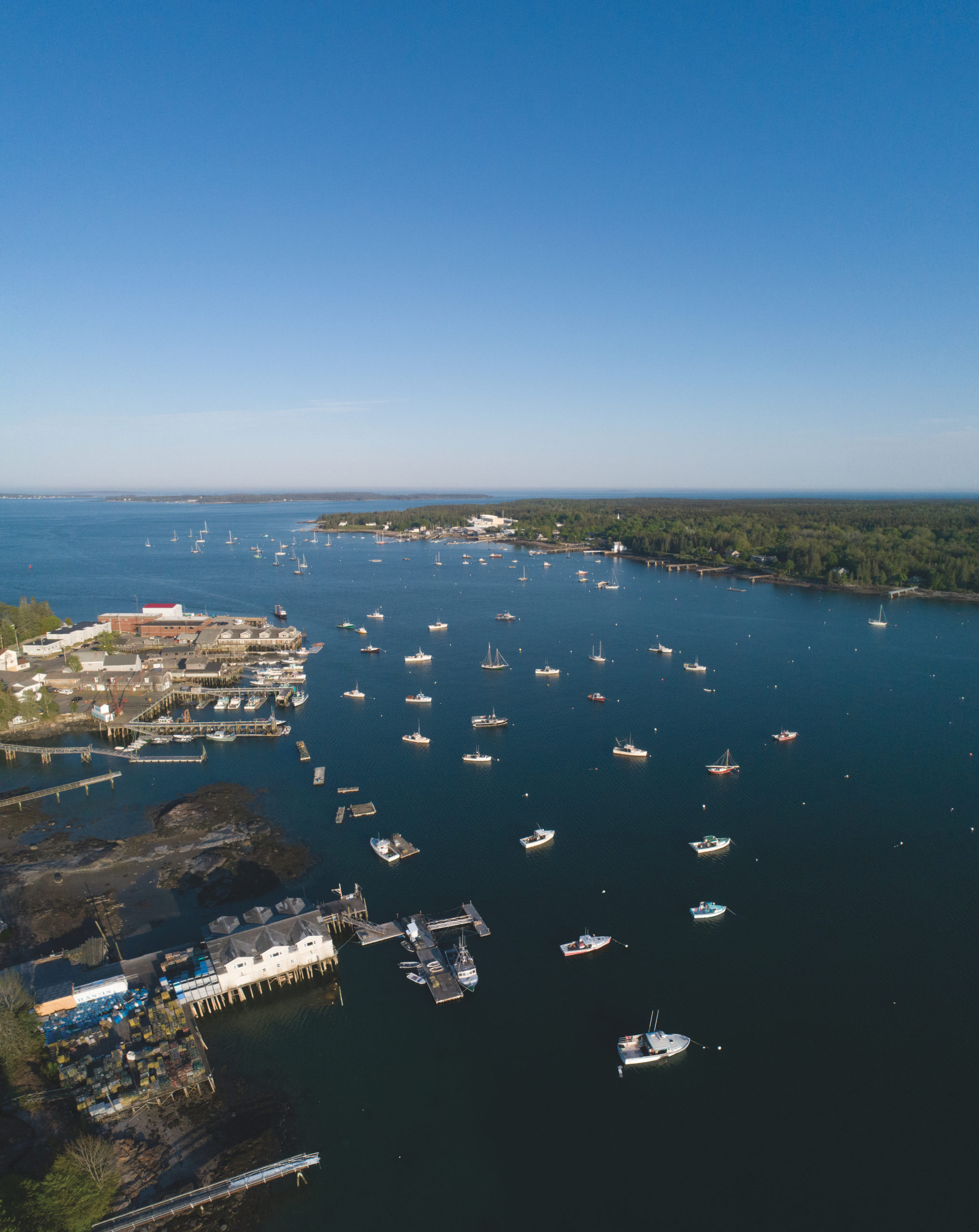
Jim Colquhoun, chairman of the Southwest Harbor Shellfish Committee, said the unanimity came from a community gut feeling.
“We voted based off our gut instinct,” he said. “Which for most of us was just, ‘Well, we’re inundated now, we don’t need a cruise ship out there.’”
And it’s not just more tourists on the sidewalks that bother some residents. Cruise ships require a large piece of waterfront to be able to load and unload passengers during their stay. This can impede fishermen and others who need access to the water.
Fishermen are known to object to those operating larger, recreational boats, and with good reason. Beth Gronros, manager of the Hamilton Marine Store in Southwest Harbor, notes that while lobstermen are on friendly terms with small boaters, they can lose up to $120 for each trap that might be cut by a cruise ship propeller, an investment that adds up if it occurs multiple times per season.
The 180-day moratorium on cruise ships has expired, and while no cruise ships, including the Pearl Mist, have requested to dock at Southwest Harbor since, the problem remains fresh in the town’s imagination.
And it’s not just fishermen who rely on the water.
“Businesses have been able to prosper, to grow and prosper, because they have access to the ocean,” Colquhoun said. “You start to add it up—and we did for the harbor committee—you’re talking several dozen year-round, good jobs that depend on having access to the ocean.”
“You’re talking several dozen year-round, good jobs that depend on having access to the ocean.”
—Jim Colquhoun
Other changes loom in the fishing industry.
As lobster has become more profitable in recent years, the relationship fishermen have with the ocean has changed. John Stanley, an older lobsterman in the community, recounts how those of his age could find their way in the fog with a compass, feel the ground with poles and lead weights, and navigate through the Cranberry Isles in the middle of the night. Those skills have not been passed down to the younger generation, Stanley says, but it’s not their fault.
“Kids are exposed to so much more now,” he said, and while they’ve found success, he’s concerned about the lack of diversity in the fishing industry, which could leave some high and dry if the lobsters decline.
Older fishermen remember a far more diverse fishing economy. While the collapse of cod is a memorable and dramatic example, there are many more species that are no longer harvested.
In comparison with the multi-species fishing of the past, lobster has risen to be the most heavily fished species in the Gulf of Maine. John Stanley notes that fishermen “catch more and more in a day than we used to catch in a year. And now these guys they’re getting 2,000 a day.”
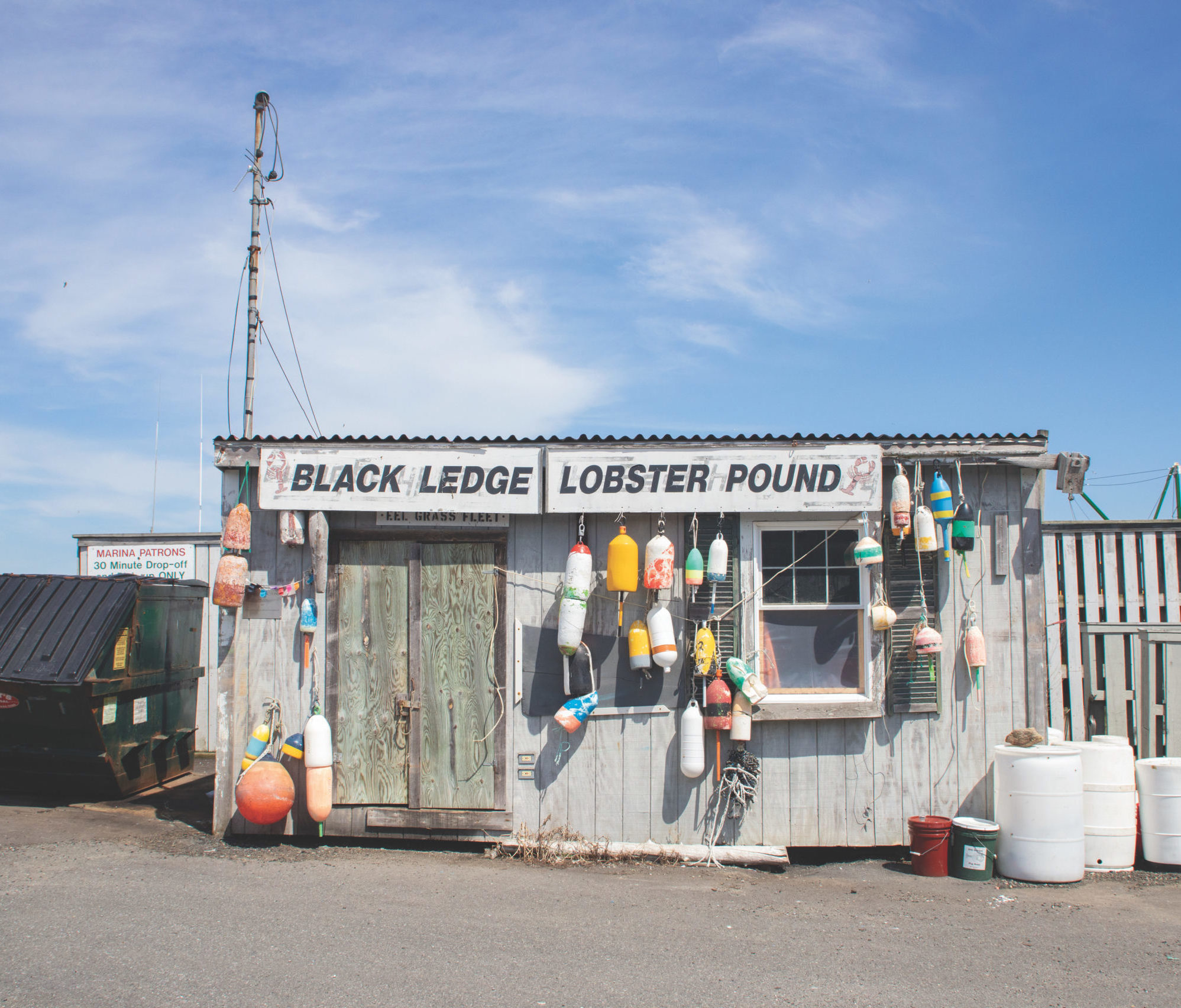
Still, amidst these changes in the fishing industry, there’s a strong connection between the past and the present. Jim Colquhoun laughs as he recalls the story of how a young fisherman’s grandfather was so pleased at the idea of his grandson entering into the industry that he went out and bought him his first hip waders.
In the tourism industry as well, many Southwest Harbor residents want to retain their small, relaxed town atmosphere and not to exclude tourists, but to attract a specific set of visitors who want to absorb the sights and feeling of a small, traditional Maine town.
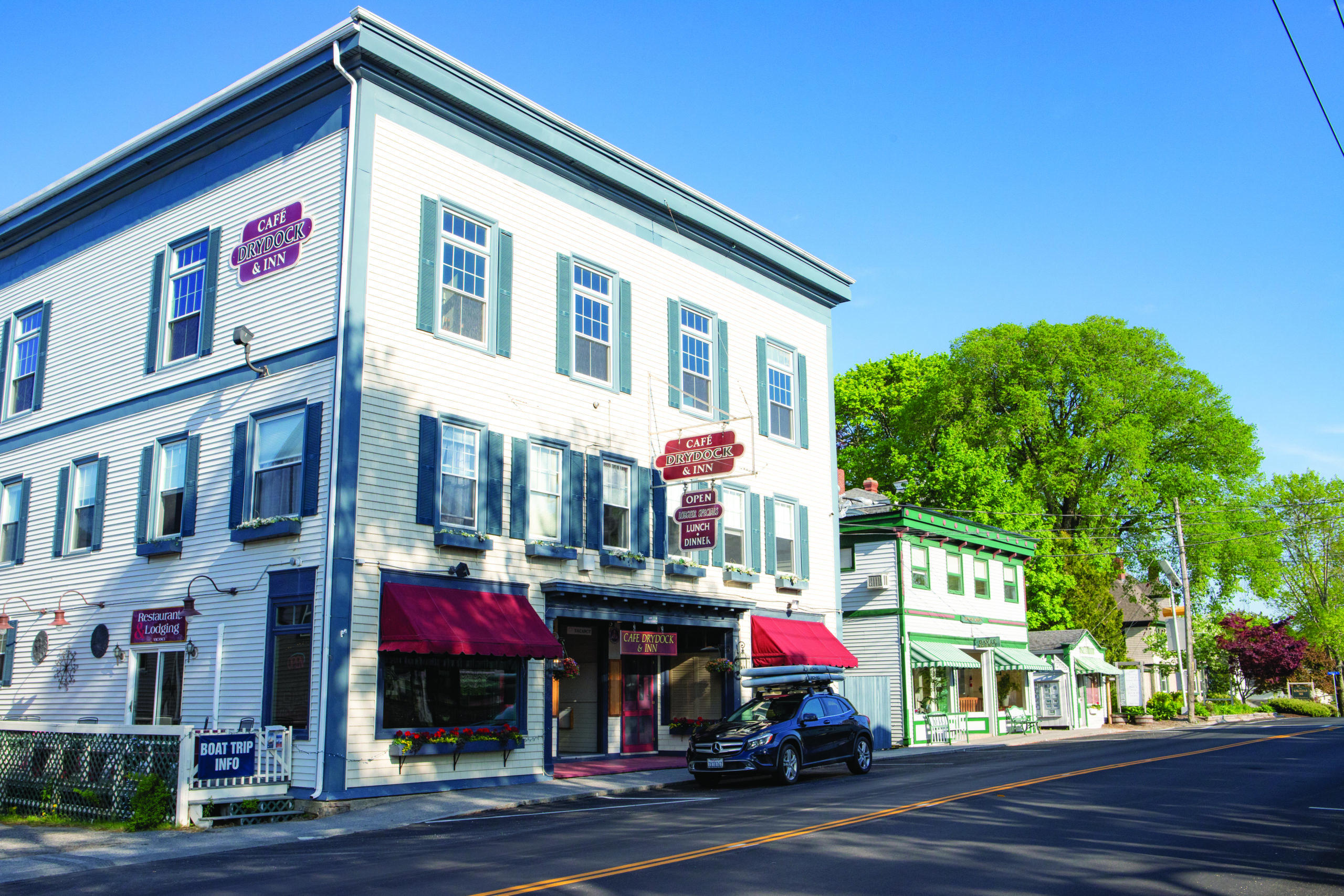
Southwest Harbor’s small downtown accommodates tourists with its inns, restaurants, galleries, and cafes.
Are the changes good or bad?
Fishermen are making good money. Tourists are bringing their business to the community, at the potential cost of a town identity and local quality of life. On a coast that is constantly changing, in the industries that are constantly changing, Southwest Harbor’s story is one that can be found along the entire coast. While these changes are not ones that can be wished away by a singular, temporary ordinance, they can be addressed through the collaboration of conscientious community members.
Luckily, Maine’s tradition of community engagement shows no signs of slowing down. Southwest Harbor carries on with this tradition, with residents committed to keeping their town intact. Or at least recognizable.

